Agriculture Reference
In-Depth Information
trapping and housekeeping, to a bait-only
treatment for cockroach control. The IPM
method cost nearly double the bait-only
methods over the 6 months of the project
(Wang and Bennett, 2006). A study on the
control of the German cockroach outside of
North America also concluded that the
cost for IPM treatment was almost four
times that of the conventional spray
treatment (Shahraki
et al.
,
2011).
The difference in cost between the two
methods of treatment is also evident with
regard to other pests. An unpublished
survey by the author for termite control in
the Philippines has shown that a programme
using frequent monitoring, barriers and
baits costs 20-80% more than conventional
termiticide treatment. Although the initial
investment in termiticide for a conventional
pest control and baits for a monitoring-
based method is not signifi cantly different,
the labour component makes the latter
programme expensive.
One of the major impediments to the
adoption of IPM practices would thus be
cost (Williams
et al.
, 2005). Preliminary
indications from IPM programmes in
school systems suggest, however, that long-
term costs of IPM may be less than a
conventional pest control programme that
relies solely on the use of pesticides (US
EPA, 2012). Reports proving that an IPM-
based programme can be cheaper than
conventional ones are also available. In a
study, Sever
et al.
(2007) estimated the total
cost of providing German cockroach control
at $281 per home for 12 months, which
includes cockroach trapping, counting and
bait placement. In comparison, the median
cost for a 12-month contract with the com-
mercial pest control companies using con-
ventional spraying was $475 per home. In
spite of the higher cost, the commercial
pest control companies were shown to be
not as successful as the group of
entomologists following an integrated
programme.
The simple perception that IPM needs
more investment had made practitioners
keep consumers away from such pro-
grammes, in spite of the knowledge that
conventional methods are ineffective.
Higher time investment
An IPM programme involves more work
hours. A typical conventional German cock-
roach control strategy consists of monthly
baseboard and crack-and-crevice treatment
by using spray and dust formulation insecti-
cides. In comparison, an IPM treatment
involves initial vacuuming of apartments
followed by monitoring of the pest
population by installation of traps, and
monthly or quarterly applications of baits
and insect growth regulators, all indicating
the need for more work hours.
In a 6-year termite control unpublished
study by the author consisting of 35
structures situated in a 6-hectare property,
it was computed that the number of man
hours used to run an IPM programme was
approximately three times more than
conventional soil and spot treatment. The
study showed that the IPM programme
based on monthly monitoring, barrier
treatment and spot treating with baits used
876 man-hours in its fi rst year of
implementation. Subsequently the struc-
tures were freed from active infestation and
the work involved was reduced to
monitoring and spot treatment. The total
number of man-hours was reduced to 576
hours in the second year. In comparison,
the conventional treatment by putting in a
soil barrier and treating the reoccurring
infestation by spot treatment used only 288
hours.
Multi-party involvement
Although very few stakeholders are in-
volved in a conventional pest control act,
IPM requires the participation of many,
such as property owners, contractors,
health and housing professionals and
residents. Each party needs to be aware that
the majority of pest infestations are initiated
by poor construction, landscape manage-
ment and maintenance, and that a sim-
plistic solution of spraying insecticides
will never work. Such a need for multi-
party involvement often leads to com-
plexities and public-relation issues, and

Search WWH ::

Custom Search